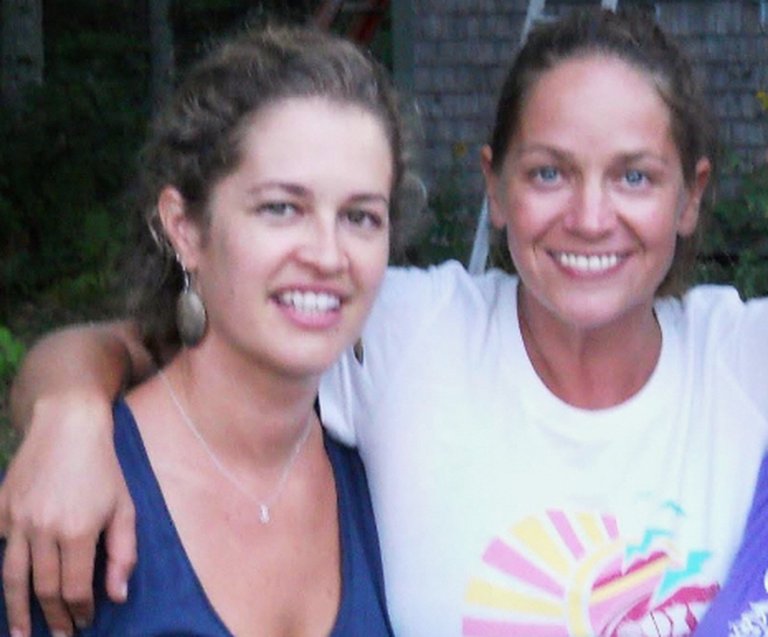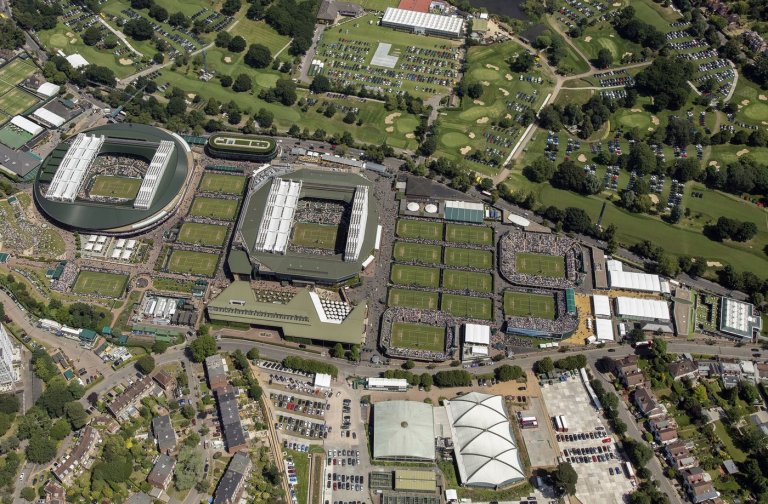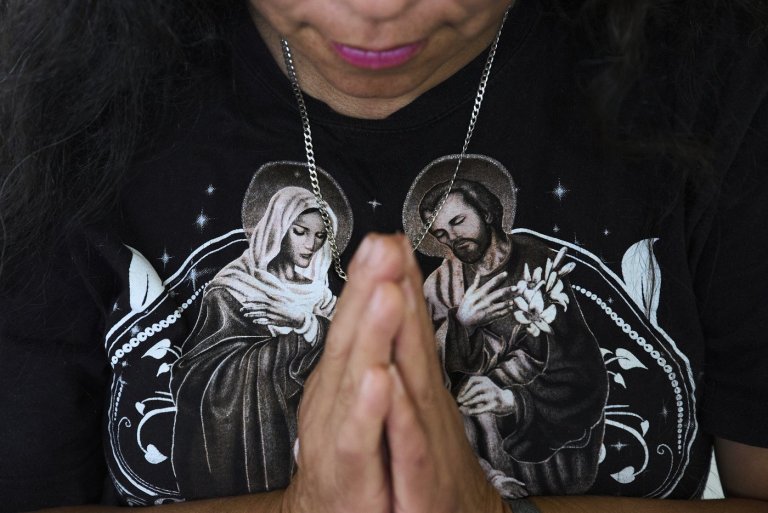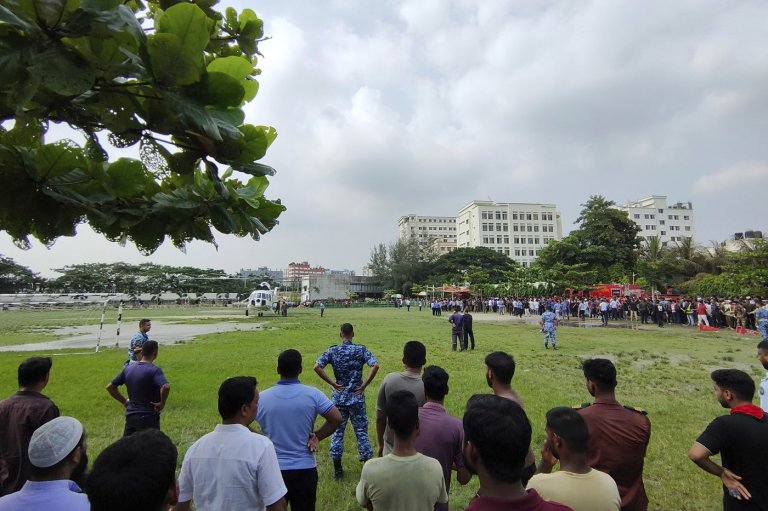
Who is at fault? Driving instructor takes on traffic circle dash-cam crash
DO YOU BLUFF YOUR WAY THROUGH TRAFFIC CIRCLES OR DO YOU KNOW WHAT TO DO?
THOMPSON-OKANAGAN – They're slowly popping up in more streets and neighbourhoods to help us but instead often incite mass confusion, arguments, sometimes panic and even the occasional crash. Does anyone know what to do in a traffic circle?
We found this dash-cam video recently taken in Lake Country, B.C., of a classic scene at a single-lane traffic circle and not surprisingly neither of the drivers appeared to know what they were doing. So we asked Daniel Khan, a driving instructor for the past 20 years, most recently at the Kelowna and District Safety Council, to break it down for us.
Before we begin, get caught up by watching the video below. First to the pickup truck that enters from the left of the video and hits the white SUV.
“Everyone has a yield sign so as you are approaching, you are to yield to traffic that is currently in the circle,” Khan says. “But at that pace (the driver of the truck) didn’t have time to yield to anybody and he ends up hitting another vehicle.”
He guesses, however, that ICBC may place more blame for the crash on the white SUV. The truck would have been visible if the driver had looked to the left. And fast or not, the lane belonged to the driver of the truck.
“The white SUV should have yielded to (the truck),” he says.
Traffic circles, when used correctly, should make our lives easier. Instead of four-way intersections, traffic should flow around the circle forcing traffic to stop only rarely.
“More often than not, it’s just a matter of common courtesy,” he says. “I’m often surprised by how many people do get it.”
The debate comes with when and how to use your turn signal. In various forms, ICBC simply says put on your right blinker when exiting the traffic circle or roundabout. It says nothing about using a left turn signal. Not here, here, here, or here.
But Khan says when taking a drivers examination, you must use your left signal in certain situations.
It comes down to communication with other drivers, Khan says. If you approach a traffic circle and you are taking the first exit to the right, use your right blinker, enter the lane and exit at your road. For all other turns, however, put your left blinker on, then use your right turn signal when you exit the traffic circle.
- BONUS TIP 1: In all the worry about getting through a traffic circle or roundabout unscathed, don’t forget about pedestrians in the crosswalks. Don’t block them and watch for them on the way out of the circle as well.
- BONUS TIP 2: While it may be tempting drive over the apron typically in a traffic circle or roundabout — don’t. It’s there specifically for large trucks and emergency vehicles and does nothing to help you communicate with other drivers.
What do you see out there? Do you think people know how to drive through traffic circles?
To contact a reporter for this story, email Marshall Jones at mjones@infonews.ca or call 250-718-2724.
Join the Conversation!
Want to share your thoughts, add context, or connect with others in your community? Create a free account to comment on stories, ask questions, and join meaningful discussions on our new site.
4 responses
-

Truck and suv entered at the same time truck was well ove the suggested 20 km speed, there fore truck is to blame
-

If people went to a city with multi lane traffic circle and didn’t use your left blinker like most around here you will end dead !! The white suv is at fault you must yield to the truck in circle
-

Turning signals is my pet peeve as I have only seen ahandful of vehicles use them. Even the RCMP do not use them.
-

Driver in truck going too fast suv clearly has the lane














Leave a Reply
You must be logged in to post a comment.